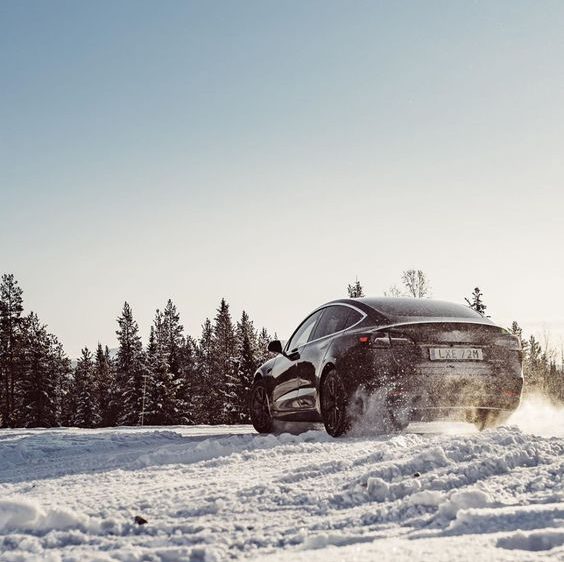Winter in Vancouver can bring a variety of unexpected conditions, from mild rain to snow and freezing temperatures. For EV drivers, these conditions can impact both driving range and car performance. But with a few practical tips, you can maximize your EV’s efficiency and enjoy a comfortable, safe winter driving experience.
Tip 1: Preheat Your EV
Vancouver’s winter temperatures, while milder than most Canadian cities, can still impact battery performance and driving comfort. Using your EV’s preconditioning feature to warm up the battery and cabin before you hit the road can make a big difference. When your car is plugged in, preconditioning pulls energy from the charger rather than the battery, saving you a lot of range.
Tip 2: Optimize charging routines
Winter temperatures can reduce battery capacity, so it’s helpful to charge just before you drive. Setting a timer to finish charging right before departure will keep the battery warm and more efficient. Many EV owners find it helpful to set the charge level to 80~90% daily, except for longer trips when a full charge is necessary.
Tip 3: Use seat warmers instead of the AC/Cabin Heater
EVs are known for their efficient, quick-heating cabin warmers, but these can consume a lot of power and reduce driving range. Using seat and steering wheel heaters as a primary source of warmth can help reduce power consumption. Once the cabin warms up, you can lower the heater temperature to save energy and driving range.
Tip 4: Check Tire Pressure and Consider Winter Tires
Low tire pressure can be common in colder weather, which can lead to increase in rolling resistance and reduction in range. Check tire pressure regularly and keep it at the recommend level for your vehicle can prevent a lot of driving hazards. Based off Vancouver’s unpredictable winter conditions, it may be wise to invest in all-season or winter tires for improved traction, especially if you’re likely to encounter icy or snowy roads.
Tip 5: Manage Your Speed and Driving Style
High speeds and aggressive driving consume more power, especially in colder temperatures. Maintaining a steady, moderate speed is key to saving battery life. Avoid quick acceleration and hard braking, and try to use regenerative braking when slowing down to conserve energy and safely adapt to slick road conditions.
Tip 6: Make Charging Plan for Long Trips
With reduced range during winter, having charging stops mapped out is crucial, especially for long trips. Make use of apps such as PlugShare, ChargePoint, or your EV’s built-in navigation to find nearby fast-charging stations. Planning ahead can help avoid range anxiety and ensure you’re covered in case of unexpected delays.
Tip 7: Always keep charge level above 20% on road
Cold weather can put stress on EV batteries, therefore, it’s best to keep your charge level above 20%. Charging to 80-90% for regular use (and to 100% for longer trips) can help preserve battery health and ensure you always have enough power in reserve for unexpected stops.
Tip 8: Take Advantage of Indoor Parking
Whenever possible, park in a garage or sheltered area to protect your battery from the cold temperatures. Indoor parking helps maintain battery warmth, which not only mitigates range loss but also helps the car start and charge more efficiently the next time you drive.
Conclusion
Driving an EV in winter can be a smooth and efficient experience with a few proactive steps. By preconditioning, managing your charging schedule, and driving at a steady and moderate speed, you can make the most of your EV’s capabilities, even in Vancouver’s colder months. With the city’s charging infrastructure steadily growing, Vancouver is becoming even more EV-friendly year-round.


